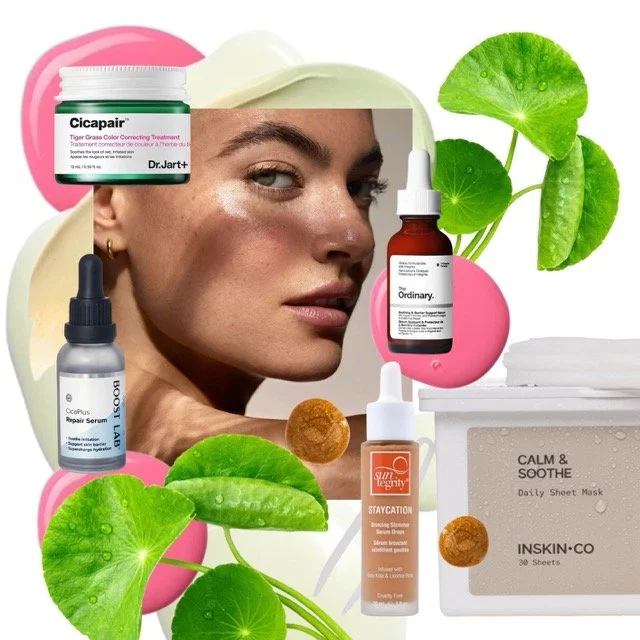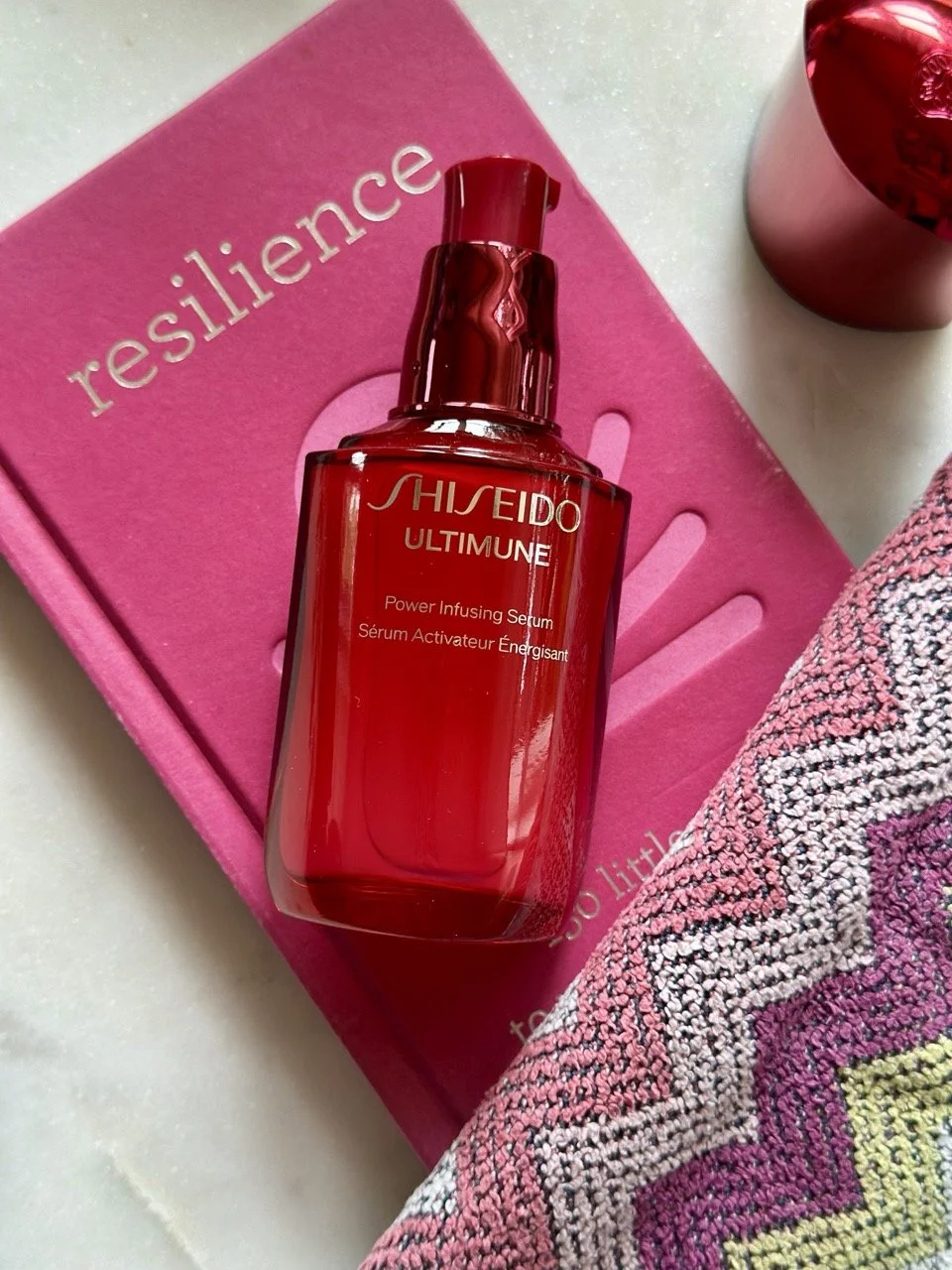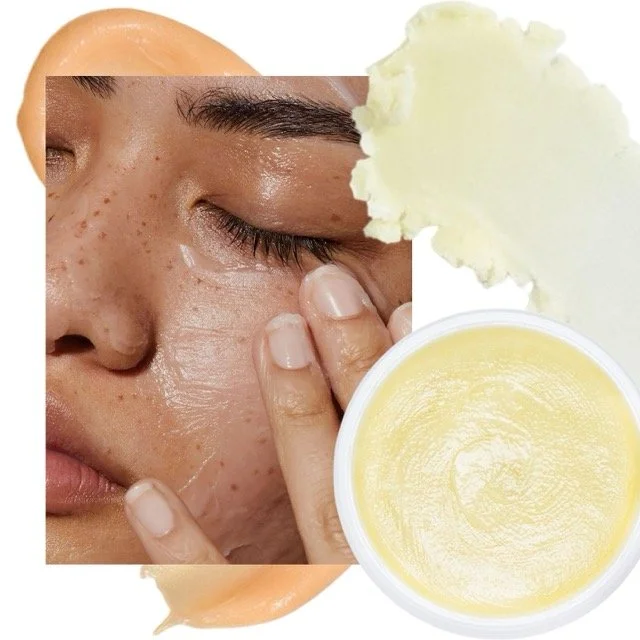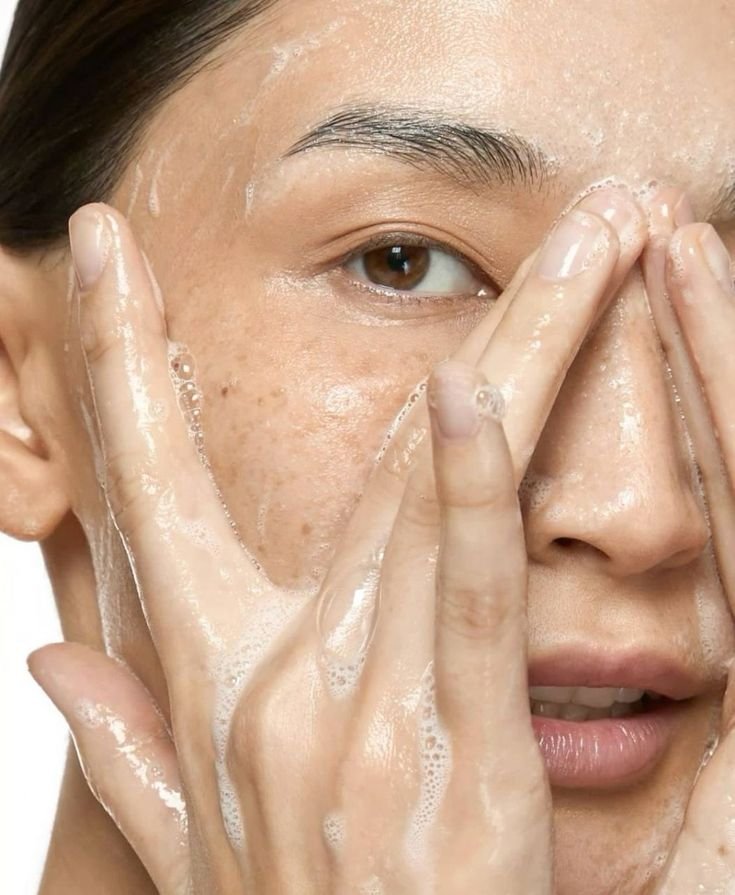If you’ve been following us, you know our stance on sunscreen: it's the one product you must wear daily. But if you’re not sold, we asked Jennifer Ahartz, international education manager for Image Skincare, to share their latest innovations that will make it easy for you to want to wear an SPF every day - by editor Trudi Brewer.
Image BeautyEQ
Jennifer Ahartz
“A tan is the body and skin’s natural immune response to produce melanin to protect our skin cells’ DNA against damaging radiation. This radiation causes our DNA to mutate, leading to all forms of skin cancer.”
What do you say to someone who asks, "Do I really need to wear SPF daily?"
Yes. We always recommend wearing SPF daily because we are constantly exposed to ultraviolet radiation (even when inside due to windows during the colder winter months).
UV significantly reflects off snow, ice, sand, and water. Even on cloudy days, we are still exposed to the same amount of ultraviolet radiation as on cloudless, sunny days.) Also, factor in our overwhelming exposure to HEV (blue light) and pollution.
Most of us know how damaging the sun can be. Perhaps we should start with tanning. What is a tan?
A tan is not healthy. A tan is the body and skin’s natural immune response to produce melanin to protect our skin cells' DNA against damaging radiation. This radiation causes our DNA to mutate, leading to all forms of skin cancer. Aside from potential skin cancer risk, UV from the sun breaks down our collagen and elastin, causing premature skin e and hyper-pigmentation, or uneven skin tone and dark spots.
Image Skincare Prevention+ Clear Solar Gel SPF30, $109.
Perhaps one of the most popular SPF finishes is clear. This gel is weightless in finish and touch (leaves no white cast), making it the perfect base for makeup. Formulated with face-saving antioxidants vitamins C and E, green tea, and fermented plant-based squalane, it keeps the skin hydrated all day.
There are UVA and UVB rays; what are the differences?
UVB rays penetrate the outermost layer of the skin, known as the epidermis. This causes ‘tanning’ of the skin, can mutate DNA, leading to skin cancer, and causes hyperpigmentation (uneven skin tone and dark spots). Meanwhile, UVA rays penetrate the lower layer of the skin, known as the dermis. This causes premature skin ageing because this is where our collagen and elastin live.
Does a ‘broad spectrum’ sunscreen offer enough UVA and UVB protection? Or do we also need protection from visible and infrared light?
Our Daily Prevention products have been clinically tested to protect against UVA and UVB radiation (broad spectrum), HEV ‘blue light,’ IR (infrared light), and environmental pollution.
Image Skincare Daily Prevention Advanced Smartblend Mineral Moisturiser SPF50, $139.
If your skin is prone to redness or you suffer from SPF reactions, this is the sunscreen for you. It’s a brilliant broad-spectrum mineral SPF with a universally flattering tint that blends seamlessly under makeup or can be worn alone like a tinted moisturiser. The ectoin, vitamin C and astaxanthin-rich micro-algae give skin the nourishment and protection it needs to look radiant daily.
How does Image Daily Prevention XOSM™ technology work?
XOSM™ Technology provides a specific release of antioxidants into the skin's epidermal (upper) layer and enhances the power of antioxidants, ectoin, vitamin C and micro-algae. It protects and delivers these antioxidants to where it needs to be in the skin to be effective.
Daily Prevention is more than an SPF; why and what are the ingredients in the range?
Daily Prevention products are multifunctional—they’re all moisturisers, address ageing, and offer SPF protection. The key moisturising ingredients include sustainable squalane, aloe vera, hyaluronic acid, and glycerin. Anti-ageing ingredients, including ectoin, THD ascorbate, astaxanthin micro-algae, and acetyl zingerone. The SPF protection ingredients include zinc oxide, titanium dioxide, homosalate, octocrylene, octisalate, and avobenzone.
Image Skincare Prevention+ Sun Serum SPF 30 - Tinted, $109.
Our editor is hooked on this all-mineral sunscreen serum and skin tint. First, it’s so hydrating, with brilliant broad-spectrum SPF 30 protection in a tinted, featherweight finish. The bonus: It’s loaded with face-saving squalane derived from sugarcane, which leaves that nourishing glow. It also contains antioxidants, including ginger root extract, vitamins C and E, and chamomile, to soothe while keeping the skin safe in our punishing environment.
Often debated: what is the difference between 'physical sunscreen or mineral'. 'synthetic' or 'chemical sunscreen'? Can you explain the difference?
One is not necessarily better than the other. Physical or mineral SPF ingredients include zinc oxide and titanium dioxide. These minerals come from the earth and reflect UV radiation. The chemical SPF most used is homosalate, octocrylene, octisalate, and avobenzone, which all absorb UV radiation.
There are six Daily Prevention SPFs in the collection. How do you choose the best formula for your skin?
This comes down to skin type and personal preference. Do you want an SPF 30 or an SPF 50? Do you want SPF to be mineral, a hybrid of mineral, chemical, or just chemical? Do you like the SPF formula to be a cream, a gel, a spray, or a primer? Do you like the SPF to be transparent or tinted? Do you want the SPF to be hydrating, nourishing, or mattifying? It’s all about personal preference, and that’s why our collection of formulas accommodates everyone.
Image Skincare Daily Prevention Protect & Refresh Mist SPF30, $88.
This face mist is stacked with plant extracts so that you can expect a gorgeous skin glow. At the same time, the clever XOSM™technology enhances the power of the antioxidant-rich formula and no nasties, including parabens, phthalates, mineral oils, artificial fragrances, synthetic dyes, or animal testing. It’s a beach bag or holiday essential.
What is the easiest and most effective way to convince others that we should wear SPF daily?
Our skin is constantly exposed to ultraviolet radiation. Even when we are inside due to windows, including during the colder winter months, UV significantly reflects off snow, ice, sand, and water. Even on cloudy days, we are still exposed to the same amount of ultraviolet radiation as on cloudless, sunny days. Finally, consider factors of our overwhelming exposure to HEV (blue light) from computer screens and environmental pollution.





























Update your beauty routine with these newbies.